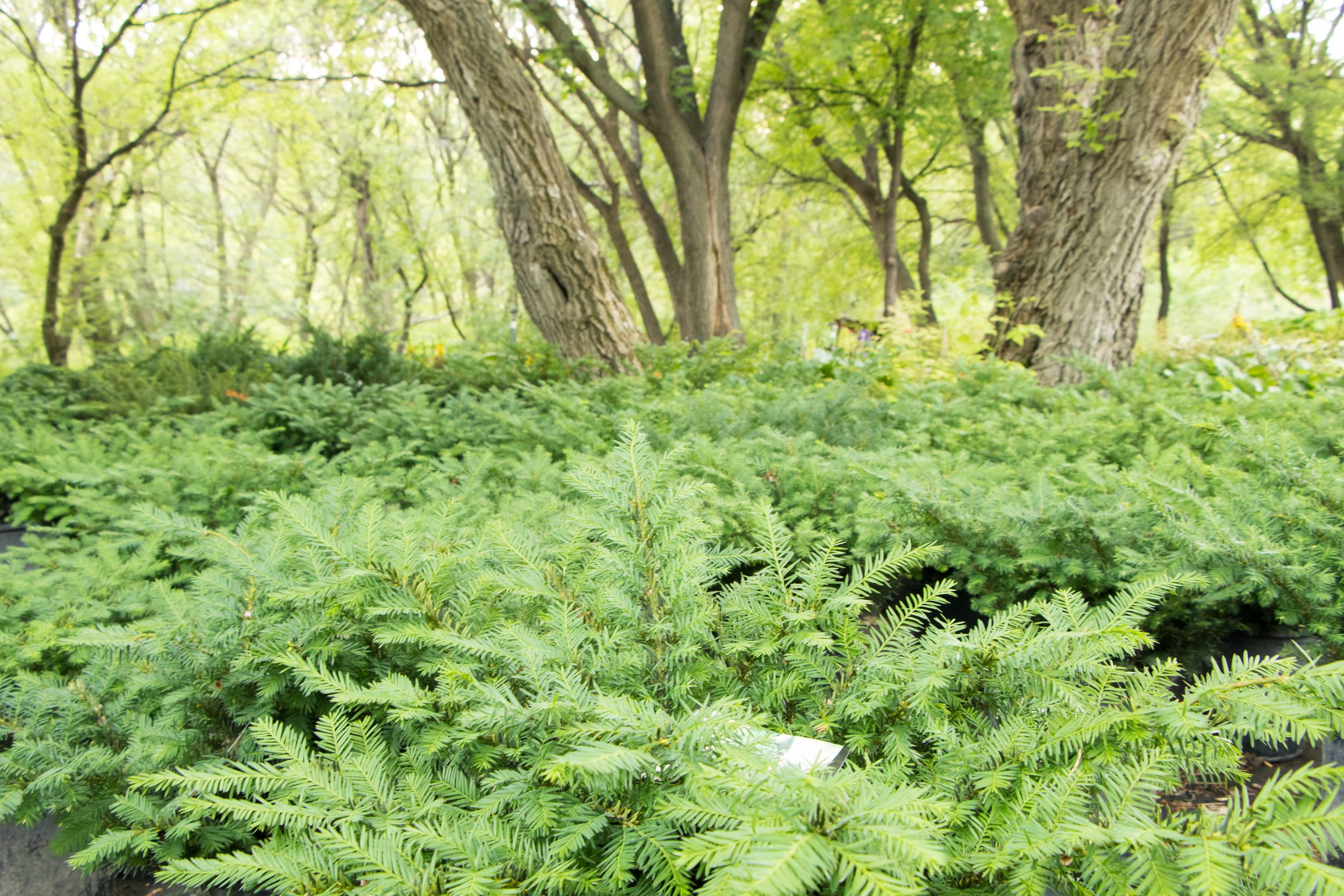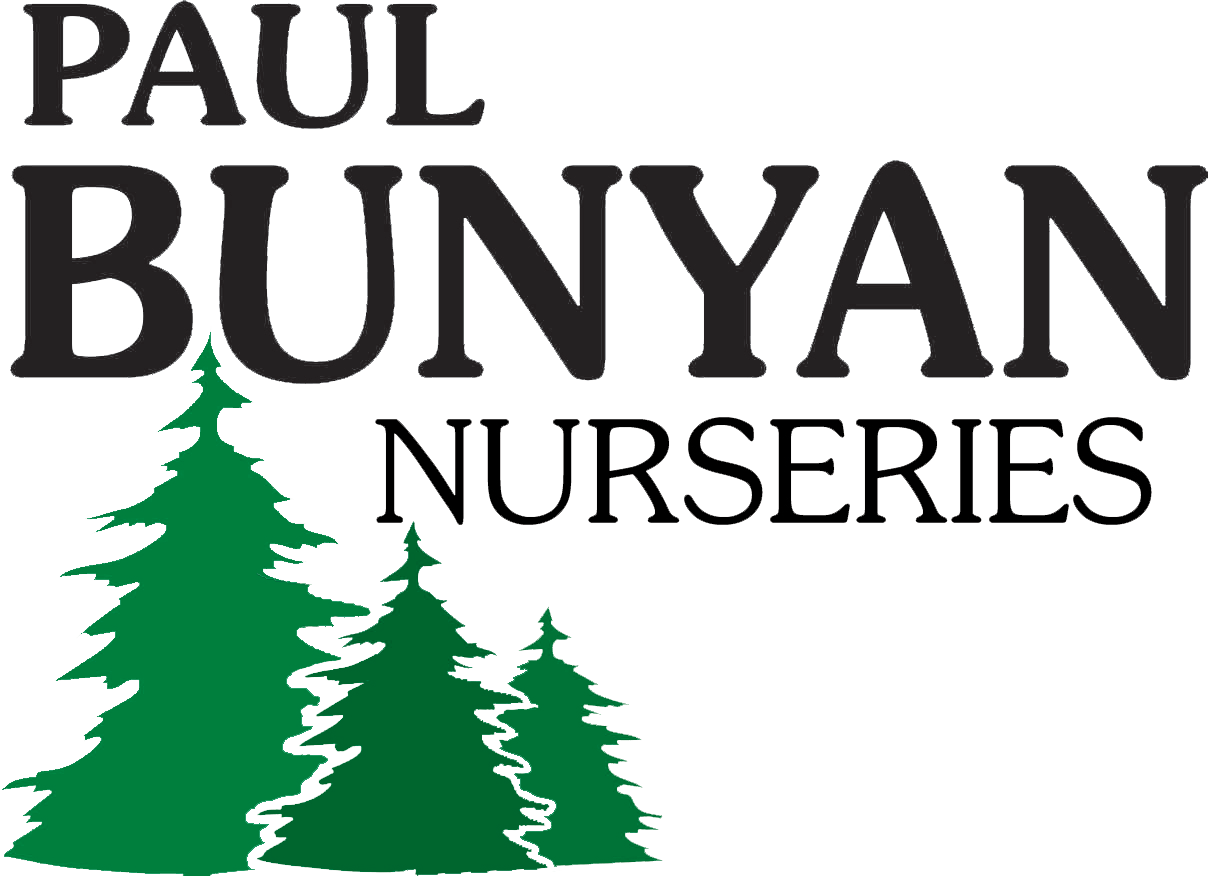
Your tree health specialists
are here to help.
We’re committed to providing the best service possible for the tree health of our local North Dakota & Minnesota region. Our experts have 30+ years of experience in providing high-quality service for our customers.
Common Tree Health Issues
We support the following common tree health issues.
-
Description: A fungus that causes spots on leaves. Followed by the yellowing and dropping of leaves in the middle of summer. The fungal infection occurs in spring but damage is evident in summer
Treatment: 3 applications of fungicide in spring
-
Description: A flatheaded Borer that attacks stressed birch trees, particularly asian varieties. The damage is evident from the dieback at the top and tips of the tree. The tree will often have bumps and ridges below the dieback. The insect a relative of the Emerald Ash Borer and the larval stage feeds on the phloem of the tree.
Treatment: Annual soil or trunk application of insecticide or trunk injection every other year
-
Description: A fungus that attacks the elm trees causing wilt and death. Fungus is spread by elm bark beetles and secondarily through root grafts.
Treatment: Systemic injection of fungicide every 3 years to prevent primary infections. Secondary or root graft infections are not stopped by fungicide, so treating all trees in an area is advised
-
Description: A woodboring insect that attacks ash trees with larvae feeding on the inner bark of trees, and adults lightly feeding on leaves. This insect will kill all ash trees it attacks.
Treatment: Injection of insecticide every other year.
-
Description: Trees and shrubs often outgrow their locations. Whether they are too close to the house or simply larger than desired we can slow their growth while increasing their vigor. This results in a longer lived tree that requires less pruning.
Treatment: Application of growth regulator every year for shrubs or every 3 years for trees
-
Description: Yellowing of maple or birch trees, though other varieties can be affected. This is a nutrient deficiency due to lack of available iron in the soil. In some locations there is limited iron (typically here in the Red River Valley) which is due to the high clay content and high PH of the soil, causing iron to not be water soluble.
Treatment: Soil injection of chelated iron repeated as necessary usually annually after tree recovers
-
Description: A fungus that grows in the stomates of the individual needles. These diseases cause the needles to turn brown and fall off. This results in the tree turning brown and getting thin from the inside out and the bottom up. The bottom branches can eventually die and the landscape value of the trees is destroyed.
Treatment: Foliar application of fungicide at least 2x per season
-
Description: A broad category of insects that feed on trees causing damage to the health and vigor of the tree. Scale insects feed on the sap of trees most are not easily noticed at first. Often customers will complain of the sap from the tree however trees do not just drip sap. It is usually the result of insect feeding.
Scale insects can result in yellowing of foliage, thinning of the tree in general, and often a black sticky area under the tree they are feeding on.
Treatment: Soil injection, bark spray, or trunk injection of insecticide
-
Description: Fertilization of trees is often said to not be necessary. While most trees can live without it, many do respond positively from fertilization. We fertilize trees to increase vigor, which results in thicker, more dense foliage. Depending on what the desire for the tree is, it is also possible to increase its growth rate.
Treatment: soil injection or foliar spray
-
Description: Winter can be incredibly hard on plants, particularly evergreens. Winter desiccation and animal feeding can destroy plants in a single winter. Winterburn is the result of a water insufficiency in the winter causing a reddening of foliage. Animals, deer and rabbits in particular, can also eat enough to destroy plants.
Treatment: Foliar applications of wax and animal repellent, we have found what works best around here of both
Need tree health help?
If you’re struggling with a common tree health issue, or if you aren’t sure what’s wrong with your tree, send us a message and we’ll be happy to help.
Contact Us!
Phone:
(701) 238-9888
Email:
treecare@pbgrows.com
Address:
605 32nd Ave NW
West Fargo, ND 58078
